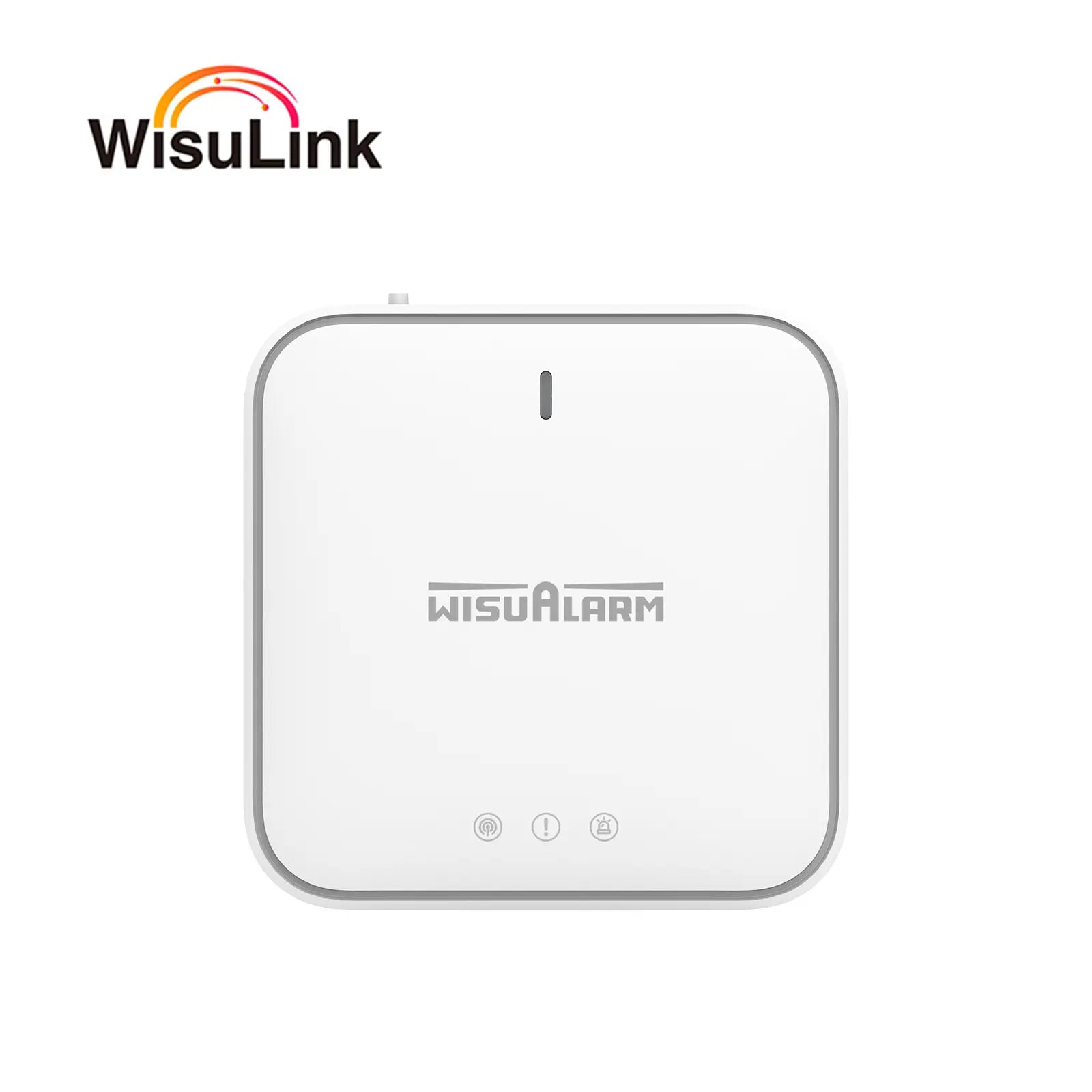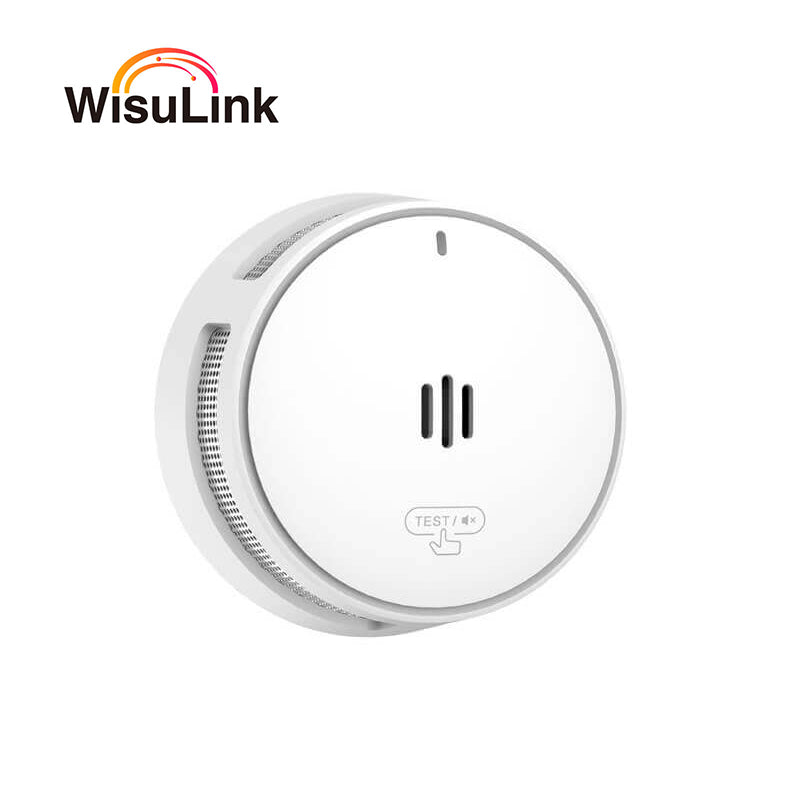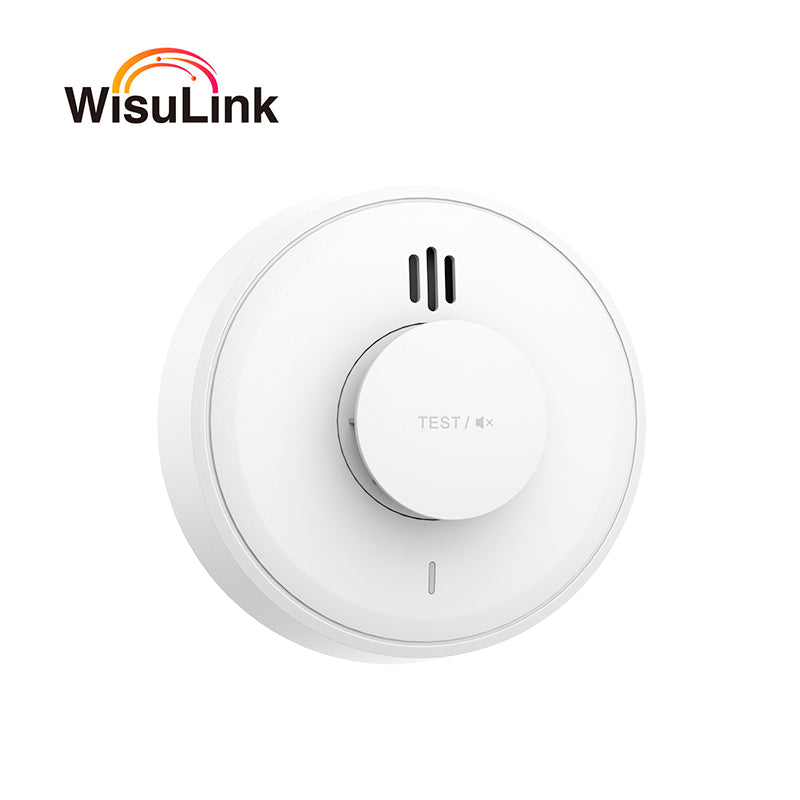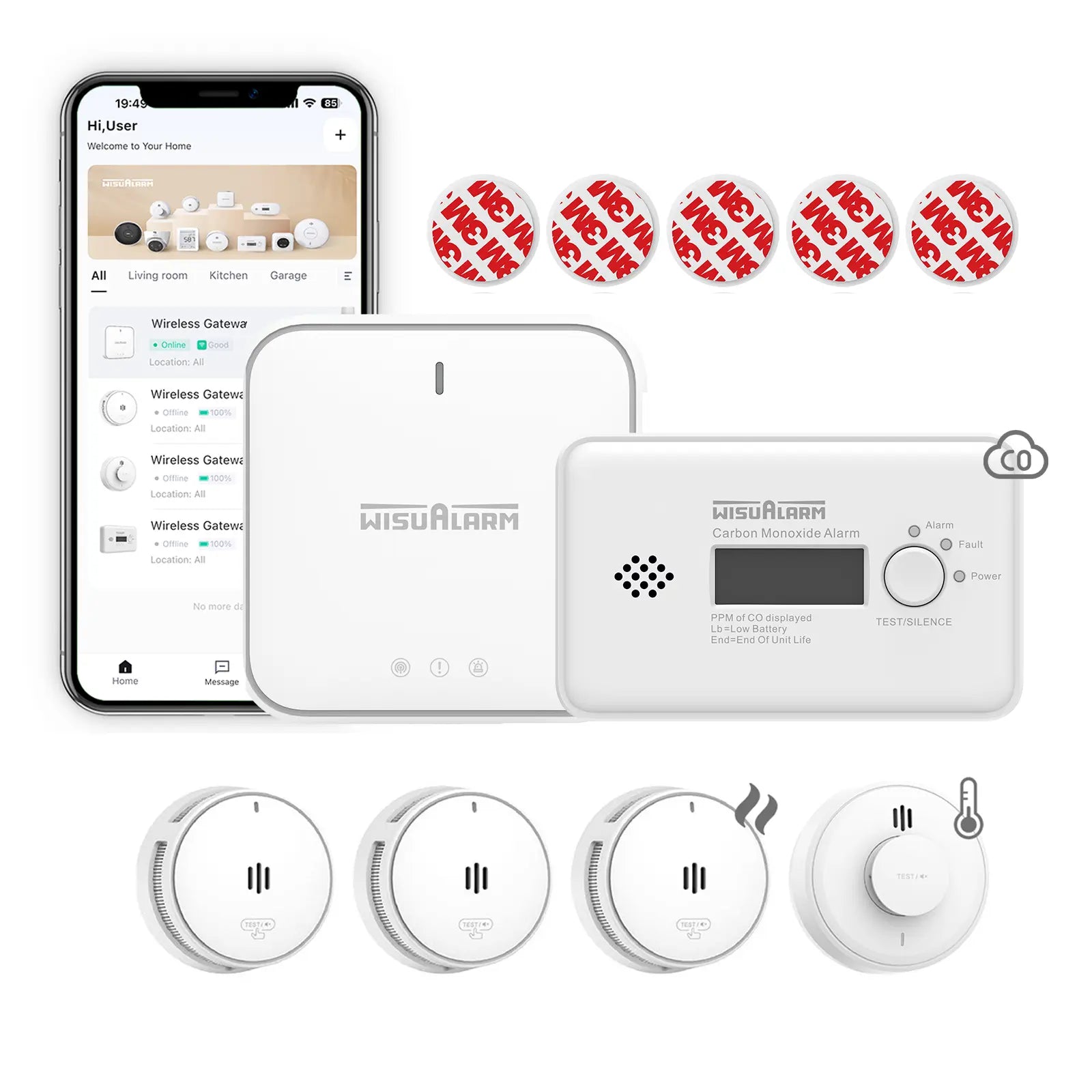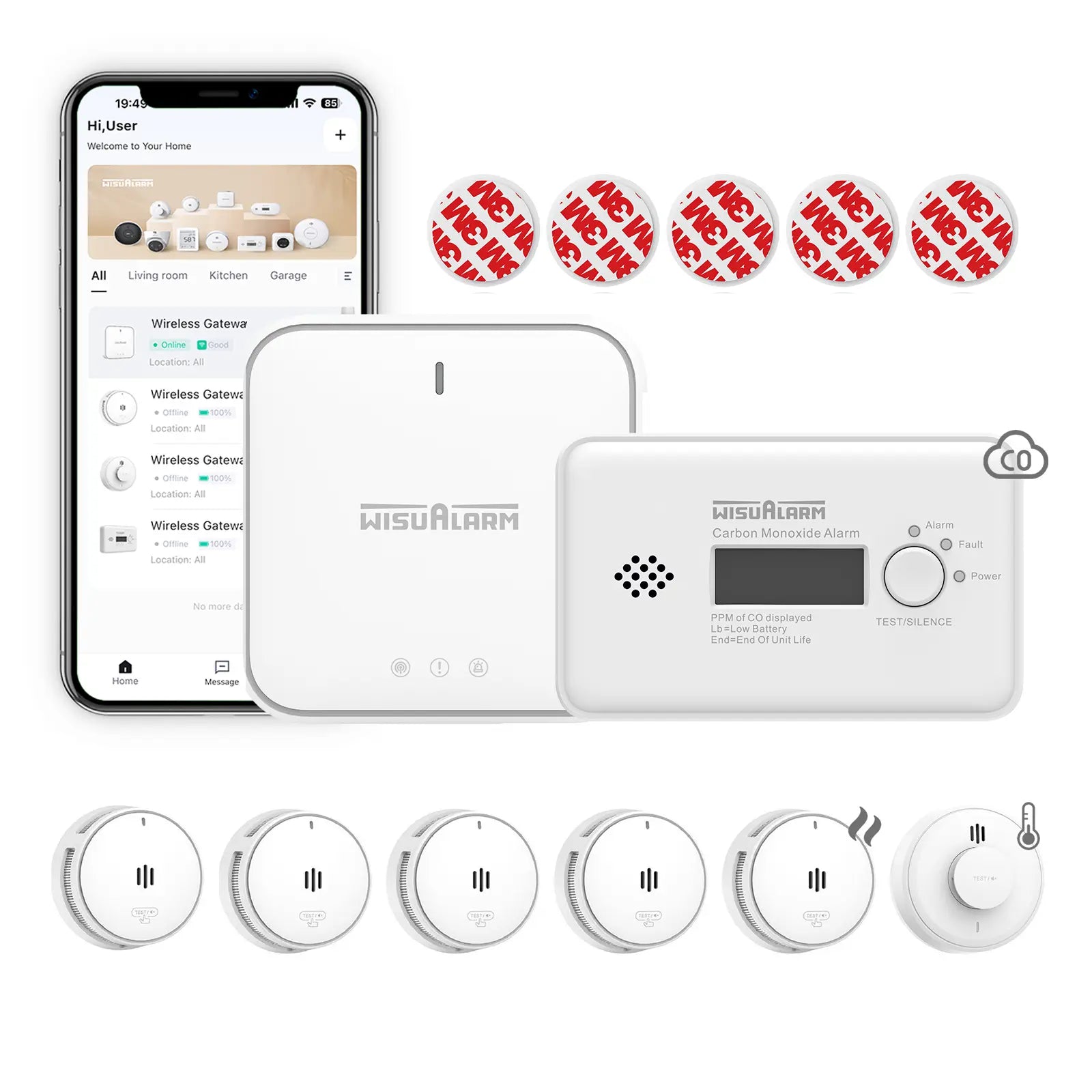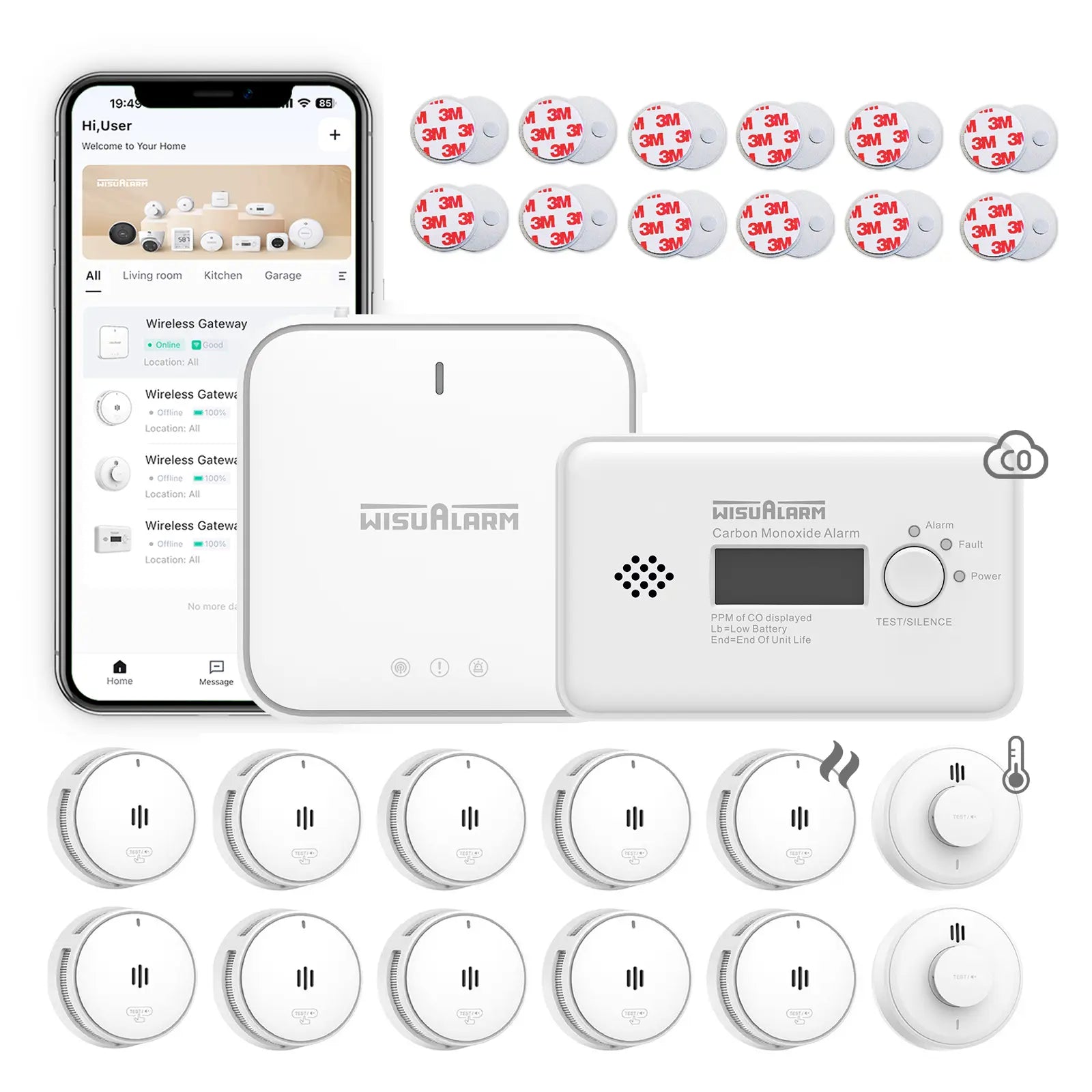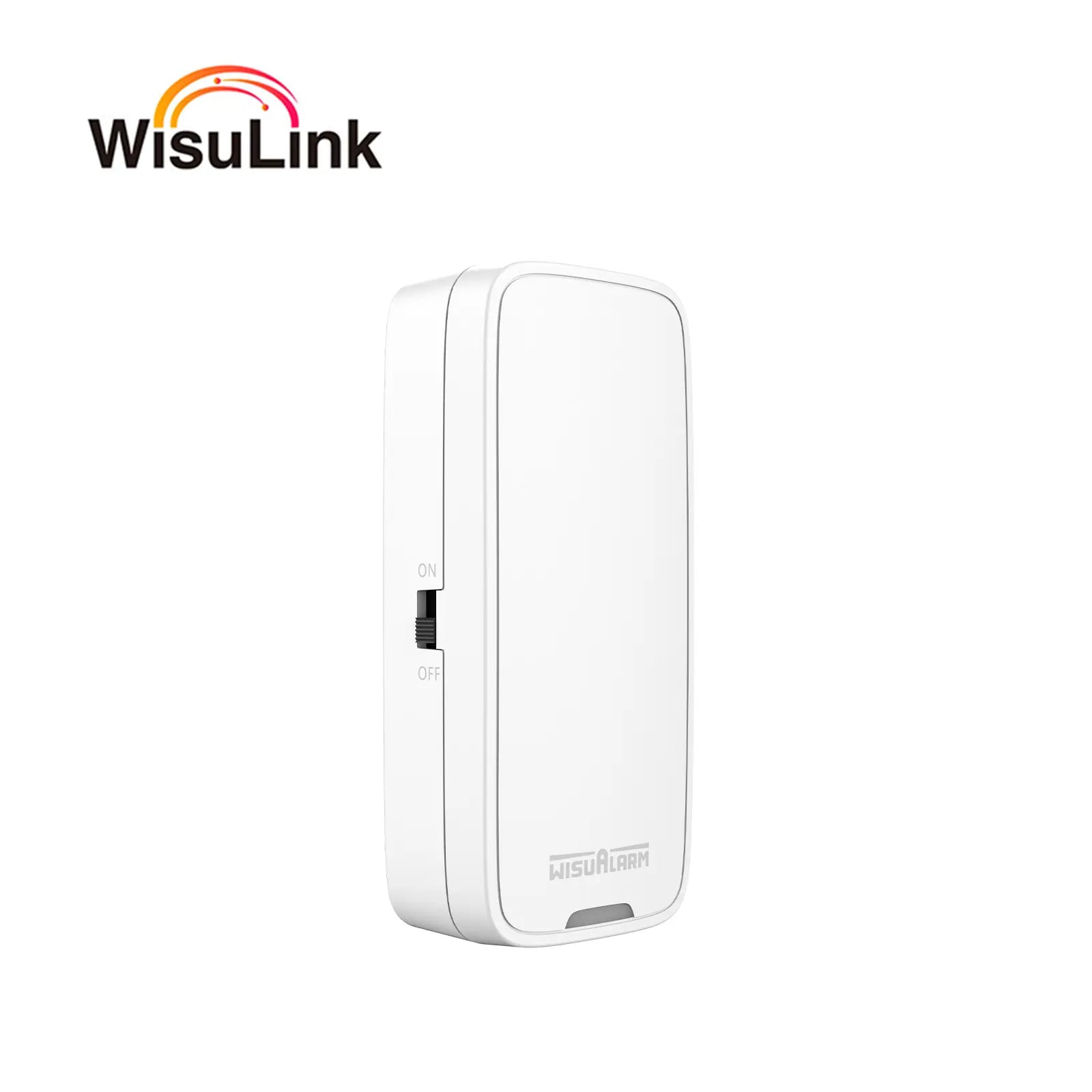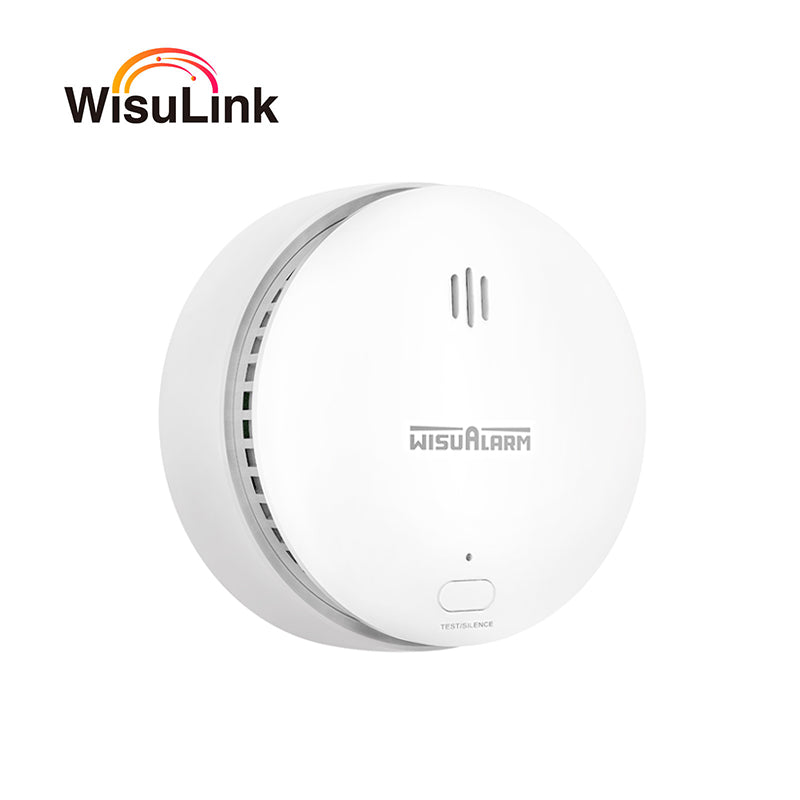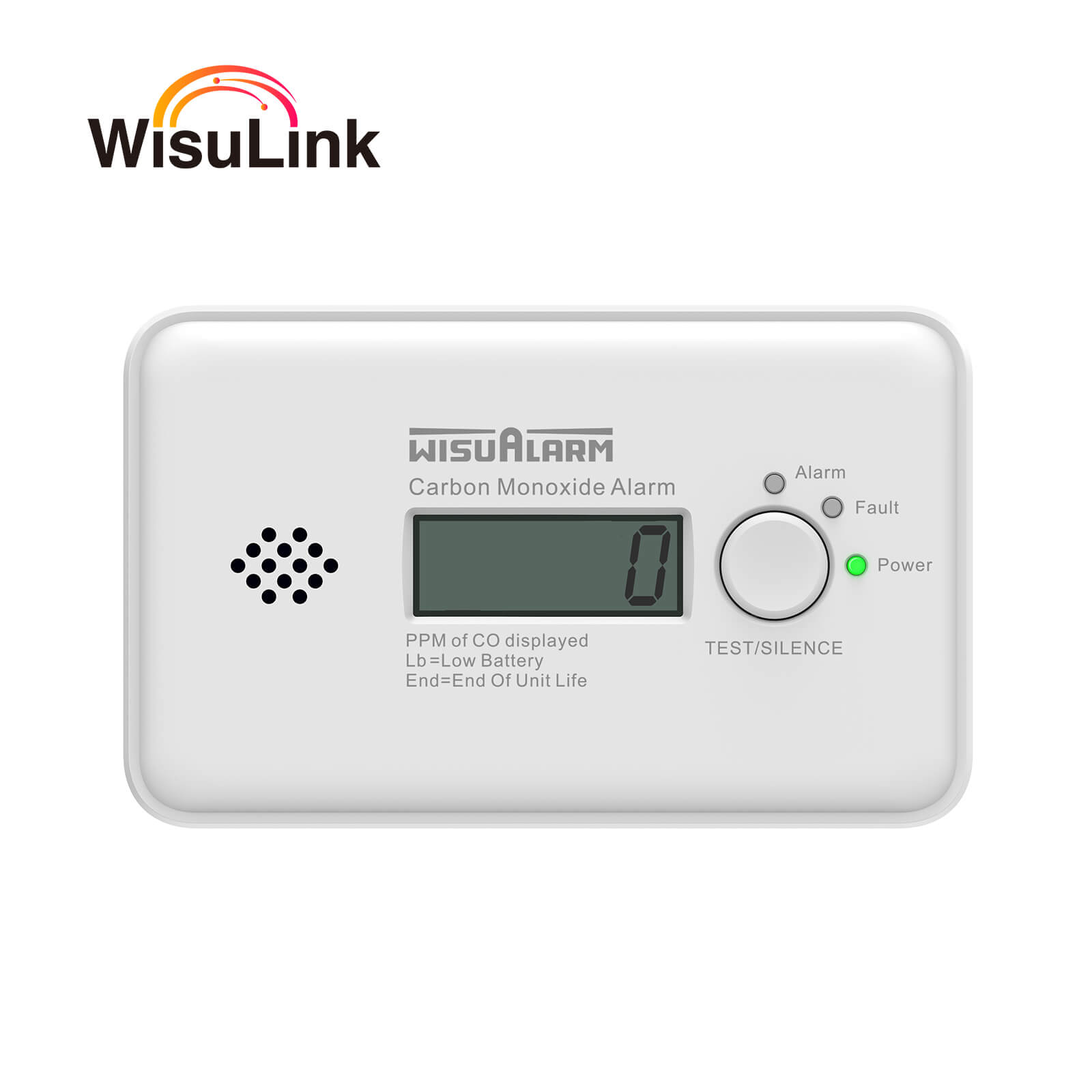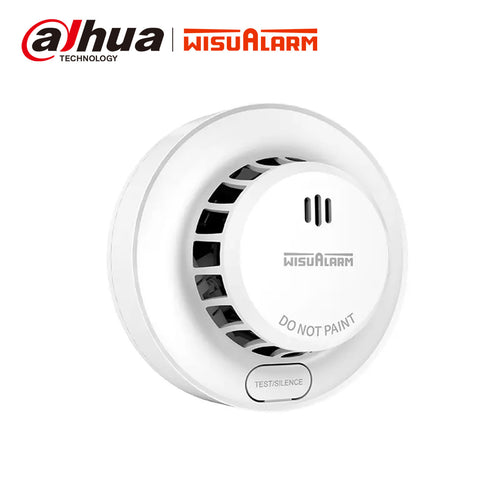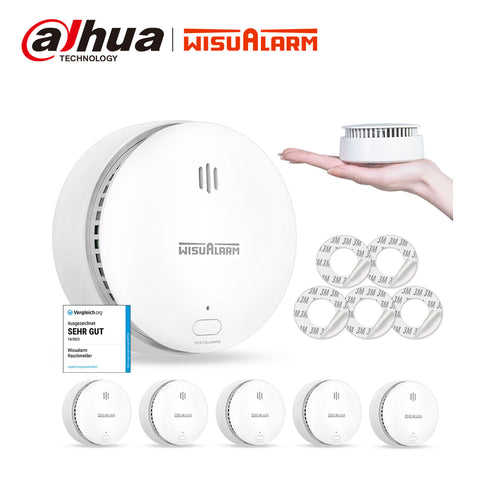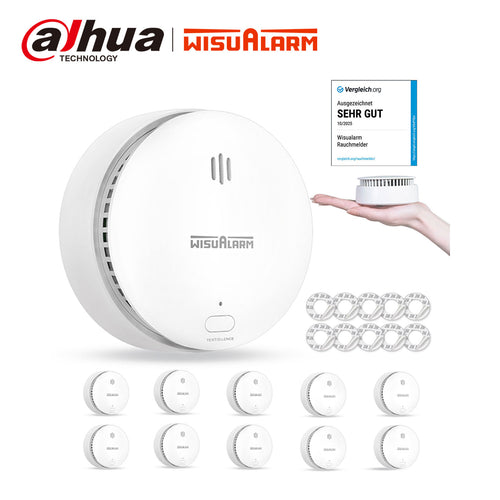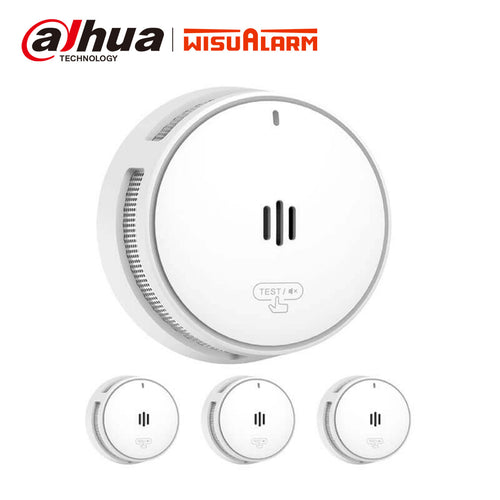
When it comes to safeguarding lives and property from fire hazards, the smoke alarm stands as an indispensable device—yet its true value is often overlooked in favor of budget shortcuts or unnecessary upgrades. The question “How much should a good smoke alarm cost?” demands more than a simple price range; it requires a deep dive into technology types, compliance standards, durability features, and use-case suitability to ensure you’re investing in protection that’s both effective and cost-efficient. Whether you’re outfitting a small apartment, a multi-story family home, or a commercial space, understanding the factors that drive smoke alarm pricing will help you avoid costly mistakes (like buying a non-compliant model) or overpaying for features you don’t need.
1. The Science Behind Smoke Alarms: Technology Types and Their Impact on Cost
Not all smoke alarms detect smoke the same way—and this fundamental difference is one of the biggest drivers of price. There are two primary technologies used in consumer and commercial smoke alarms, each with distinct strengths, use cases, and cost profiles:
a. Ionization Smoke Alarms
Ionization models use a small amount of radioactive material (typically americium-241) to ionize the air inside a sensing chamber, creating a weak electrical current. When smoke particles enter the chamber, they disrupt this current, triggering the alarm. These alarms excel at detecting fast-burning, flaming fires (e.g., a fire from a lit candle or electrical short) and are the most affordable option on the market.
- Price Range: €5–€18
- Best For: Bedrooms, hallways, and spaces where fast-flaming fire risks are high (e.g., near electrical outlets).
- Note: Ionization alarms are less effective at detecting slow-burning, smoldering fires (e.g., a smoldering couch cushion), so they’re often paired with photoelectric models in comprehensive safety setups.
b. Photoelectric Smoke Alarms
Photoelectric alarms use a light source (LED) and a light sensor positioned at an angle inside a dark chamber. When smoke particles enter, they scatter the light onto the sensor, triggering the alarm. This technology is far more sensitive to slow-burning, smoldering fires—the type that often produce thick smoke and account for most fire-related deaths, as they can smolder for hours before erupting into flames.
- Price Range: €8–€25
- Best For: Kitchens (where grease or burnt food can cause slow smoldering), living rooms, and attics (where insulation or stored items may overheat).
- Industry Preference: Many fire safety organizations (including the National Fire Protection Association, NFPA) recommend photoelectric alarms as the primary choice for residential use, citing their superior performance in life-threatening smoldering fires.
c. Combination (Dual-Sensor) Alarms
For maximum protection, combination alarms integrate both ionization and photoelectric technology, ensuring they detect both fast-flaming and slow-smoldering fires. These models are ideal for homes or commercial spaces where fire risks are varied (e.g., a home with a kitchen, fireplace, and electrical appliances).
- Price Range: €15–€35
- Value Proposition: While more expensive than single-sensor models, combination alarms eliminate the need to install multiple devices, making them a cost-effective choice for comprehensive safety.
2. Key Features That Justify Price: Beyond Basic Detection
A “good” smoke alarm isn’t just about detecting smoke—it’s about reliability, ease of use, and durability features that ensure it works when you need it most. Here’s how these features impact cost:
a. Power Source: Disposable vs. Long-Lasting Batteries
- Disposable Batteries: Most entry-level alarms use AA or 9V disposable batteries, which need replacement every 6–12 months. While affordable upfront (€5–€15), they pose a risk: if batteries are forgotten or removed, the alarm becomes useless.
-
Long-Lasting Sealed Batteries: Mid-range and premium models use sealed lithium-ion batteries with a 5–10-year lifespan. These batteries are non-replaceable (the alarm is designed to last as long as the battery), eliminating the risk of dead batteries.
- Price Impact: Alarms with 5–10-year sealed batteries cost €12–€30, a small premium for years of hassle-free protection.
- Hardwired Alarms: Commercial spaces or high-end homes often use hardwired alarms (connected to the building’s electrical system) with battery backups. These are more reliable but require professional installation, driving costs to €20–€50 per unit.
b. Compliance with Safety Standards
A non-compliant smoke alarm is a waste of money—even if it’s cheap. In the EU, all smoke alarms must meet EN 14604 (the European standard for smoke detectors), which specifies performance requirements for sensitivity, alarm volume (minimum 85 decibels), and durability. Look for the CE mark and EN 14604 certification to ensure your alarm meets these critical standards.
- Why It Matters: Non-compliant models may fail to detect smoke in time or emit a weak alarm, putting lives at risk. Compliant models typically cost €8–€40, reflecting the testing and quality control required to meet standards.
c. Additional Safety Features
- Carbon Monoxide (CO) Detection: Combination smoke/CO alarms protect against both fire and CO poisoning (a silent killer from faulty furnaces or gas appliances). These models cost €20–€45, a worthwhile investment for homes with gas-powered devices.
- Interconnectivity: Hardwired or wirelessly interconnected alarms trigger all units in the home when one detects smoke—critical for multi-story homes, where a fire in the basement needs to alert sleeping occupants upstairs. Wireless interconnected models cost €25–€50 per unit.
- False Alarm Reduction: Advanced models use smart algorithms or heat sensors to distinguish between real smoke and false triggers (e.g., steam from a shower, burnt toast). These reduce annoying false alarms and cost €18–€40.
3. Typical Price Ranges by Use Case: What to Spend for Your Space
The “right” cost for a smoke alarm depends on your space and safety needs. Here’s a breakdown by scenario:
| Space Type | Recommended Technology | Key Features | Price Range |
|---|---|---|---|
| Small Apartment (1–2 rooms) | Photoelectric or Ionization | Disposable or 5-year battery | €8–€18 |
| Family Home (3+ rooms) | Combination (Dual-Sensor) | 10-year battery, interconnectivity | €15–€35 |
| Kitchen or Garage | Photoelectric (false alarm resistance) | Sealed battery, heat sensor | €12–€25 |
| Commercial Space (Office/Retail) | Hardwired Combination | CO detection, remote monitoring | €30–€60 |
4. WISUALARM Smoke Detector: Professional-Grade Protection at an Accessible Price
For homeowners and small business owners seeking a balance of performance, durability, and affordability, the WISUALARM Smoke Detector stands out as a top choice. Designed to meet EN 14604 standards, it delivers reliable detection without the premium price tag—proving that quality safety doesn’t have to break the bank.
Key Technical Advantages
- Photoelectric Sensor Detection: WISUALARM applied photoelectric technology, ensuring it detects slow-smoldering fires (e.g., overheated blankets) with precision. This eliminates the need for multiple devices, making it a cost-effective all-in-one solution.
- Long-Lasting Lithium Battery: Unlike entry-level models with short-lived disposable batteries, WISUALARM uses a high-capacity sealed lithium battery that lasts up to 10 years. This means no annual battery checks or replacements—and no risk of the alarm failing due to dead batteries.
- 5-Year Manufacturer Warranty: Most budget smoke alarms offer a 1–2-year warranty, but WISUALARM backs its product with a 5-year warranty. This coverage reflects the brand’s confidence in the detector’s durability, from its fire-resistant housing to its precision sensors.
- Infrared Remote Muting: False alarms (e.g., from burnt toast or steam) are a common frustration—but WISUALARM solves this with an included infrared remote. Instead of climbing a ladder to press a tiny mute button (or worse, disconnecting the alarm), you can silence false triggers from up to 5 meters away. This feature doesn’t compromise safety, either: the alarm automatically reactivates after 10 minutes, ensuring ongoing protection.
Price and Accessibility
WISUALARM’s pricing ranges from €9.99 to €17.99, depending on the model (single-unit vs. multi-pack bundles). This places it in the mid-range for photoelectric sensor alarms—yet it offers features typically found in more expensive models (e.g., 10-year battery, remote muting). For example, a 3-pack of WISUALARM detectors costs just €47.99, enough to protect a 3-bedroom home at a fraction of the cost of premium brands.
5. Final Advice: Invest in Safety, Not Just a Device
The cheapest smoke alarm isn’t a bargain if it fails to detect a fire—and the most expensive model isn’t a wise choice if it includes features you’ll never use. When budgeting for a smoke alarm, prioritize:
- Compliance with EN 14604 (non-negotiable for safety).
- Technology that matches your fire risks (photoelectric for kitchens, dual-sensor for all-purpose use).
- A long-lasting power source (sealed battery > disposable batteries).
WISUALARM exemplifies this philosophy: it meets all safety standards, delivers dual-sensor detection, and includes user-friendly features—all at a price that’s accessible for every household. Remember, a smoke alarm is an investment in lives, not just property. By choosing a reliable model like WISUALARM, you’re ensuring that your home or business is protected by a device that works when it matters most.
In the end, the “right” cost for a good smoke alarm is the amount that gives you peace of mind—and WISUALARM proves that peace of mind doesn’t have to cost a fortune.





